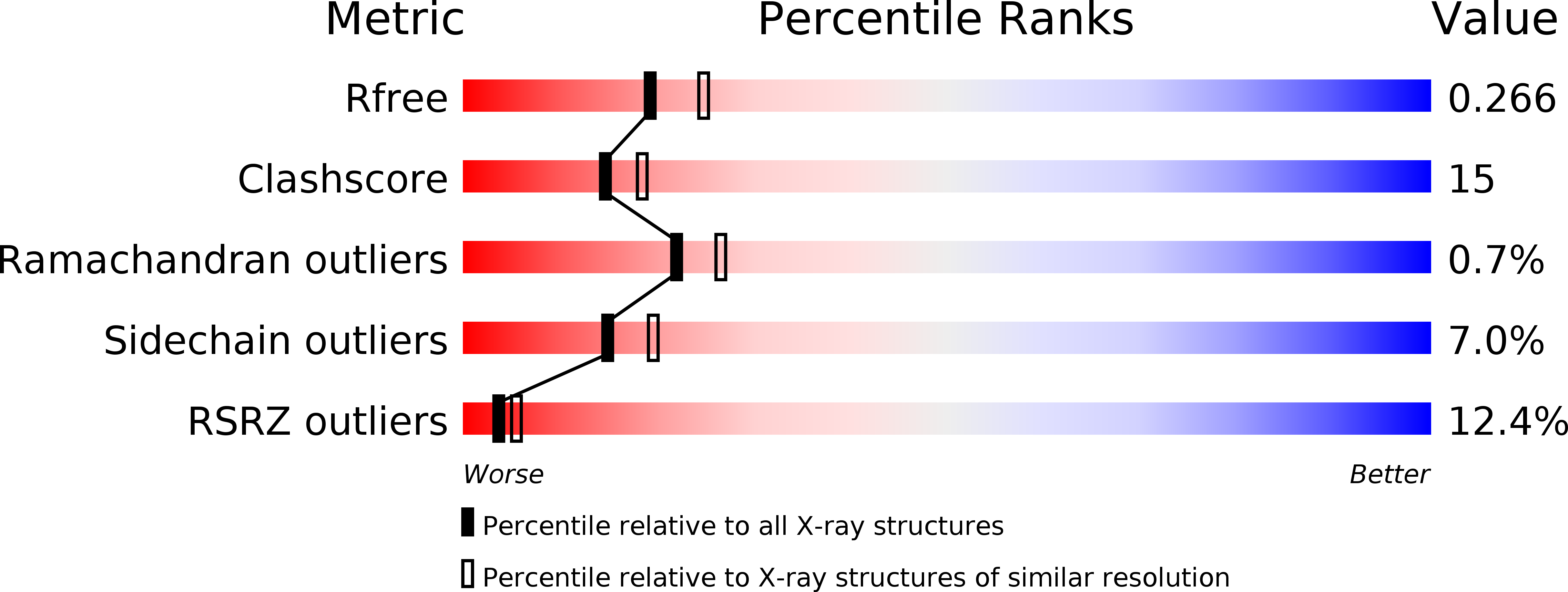
Deposition Date
2012-04-02
Release Date
2013-02-06
Last Version Date
2024-03-20
Entry Detail
PDB ID:
4EGY
Keywords:
Title:
Crystal Structure of AraR(DBD) in complex with operator ORA1
Biological Source:
Source Organism:
Bacillus subtilis (Taxon ID: 1423)
Host Organism:
Method Details:
Experimental Method:
Resolution:
2.30 Å
R-Value Free:
0.26
R-Value Work:
0.22
R-Value Observed:
0.22
Space Group:
C 1 2 1


